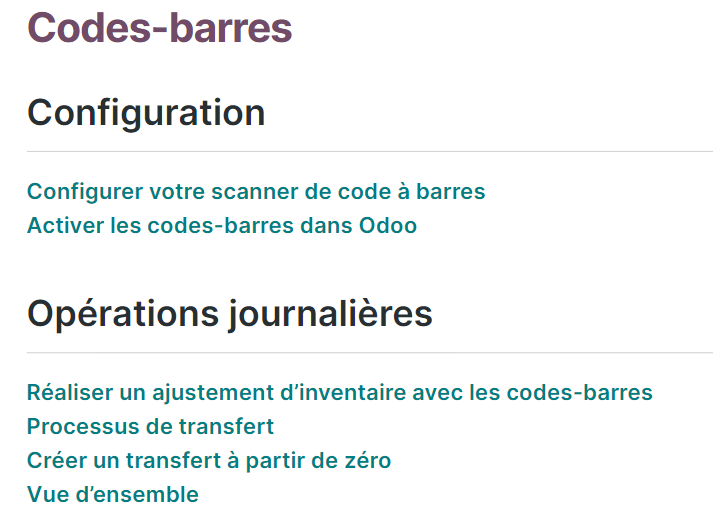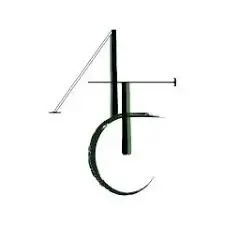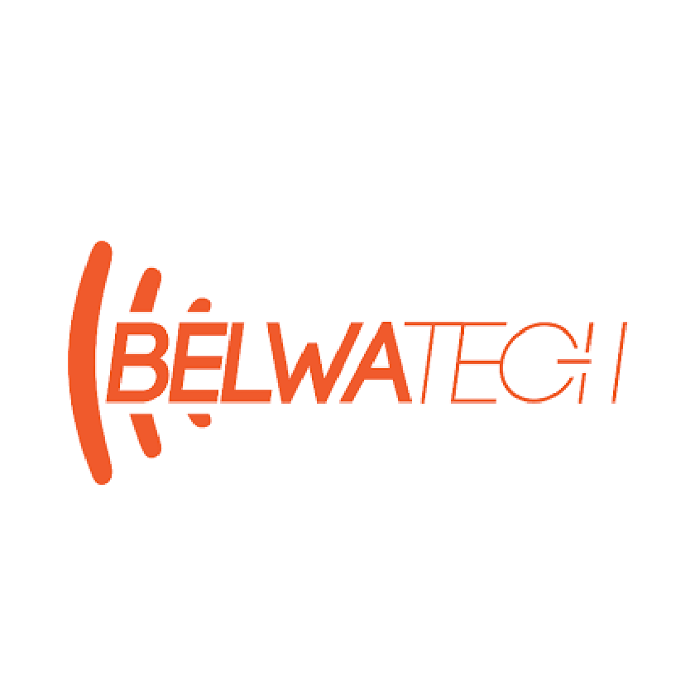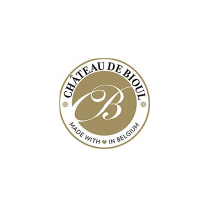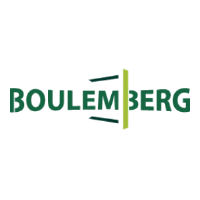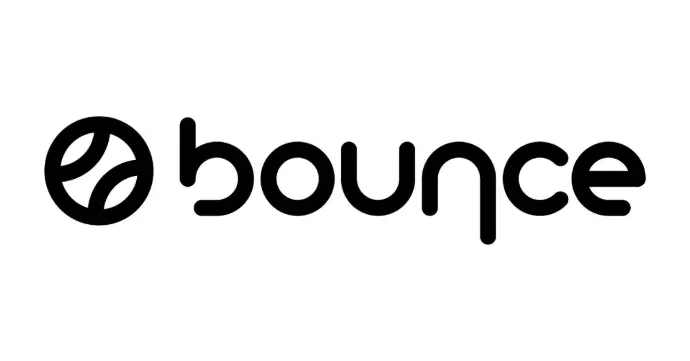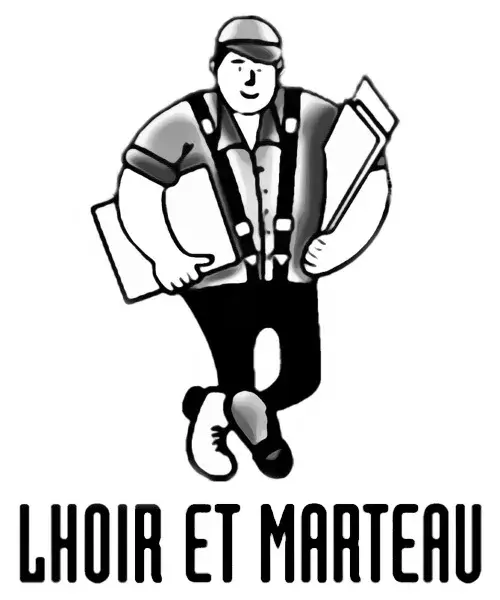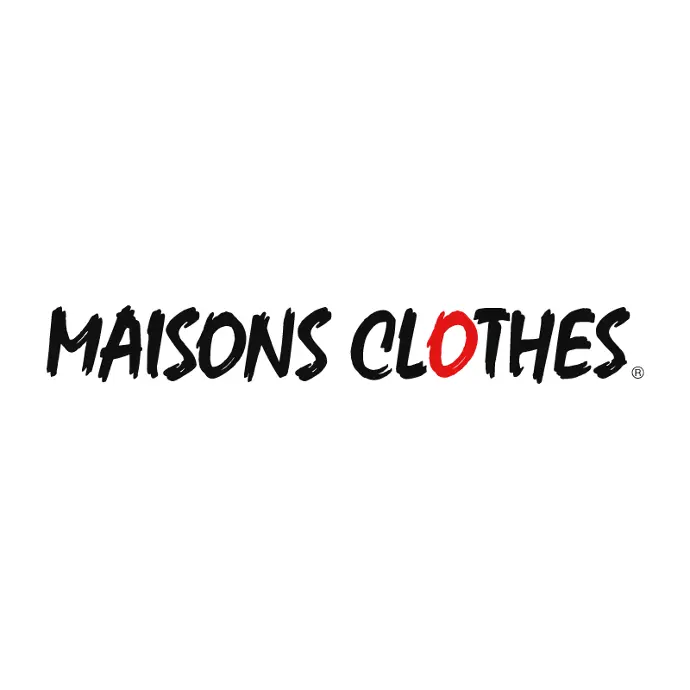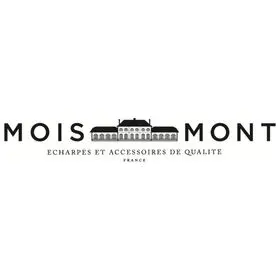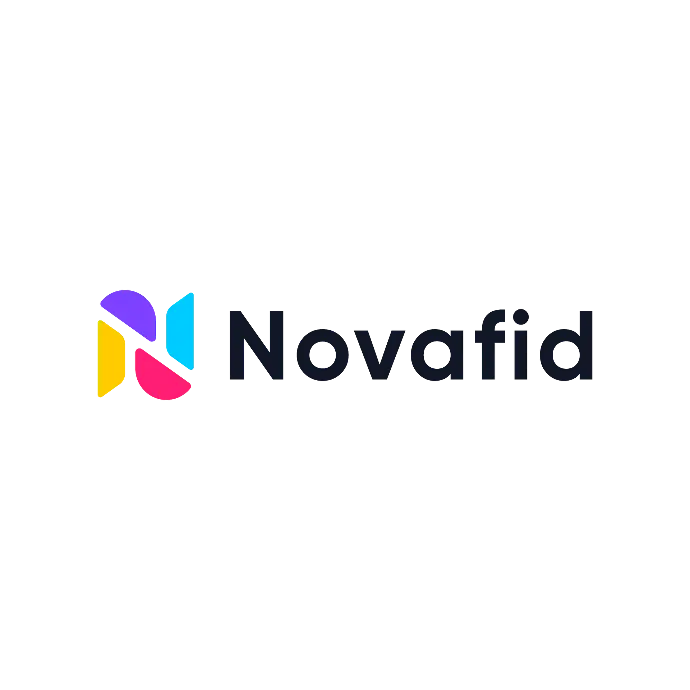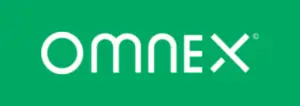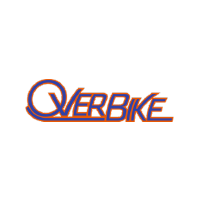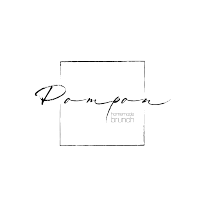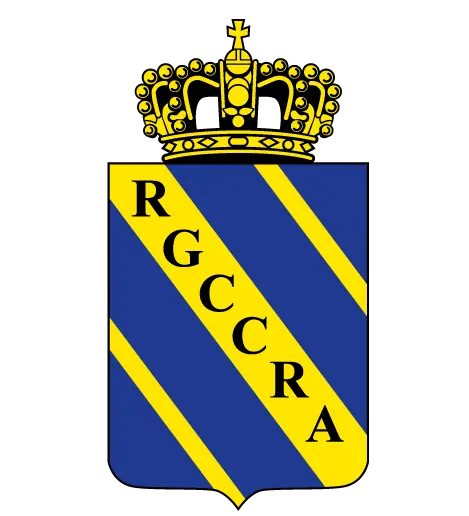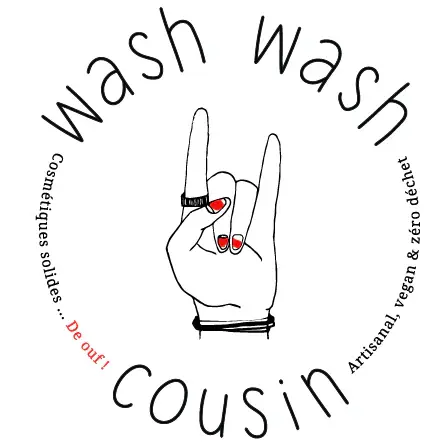The barcode and its history
This year marks the 50th anniversary of the barcode, one of the most important technologies in the world of logistics and retail.
A real innovation in the world of commerce, and initially conceived by Norman Joseph Woodland and Bernard Silver in the 1940s, this little tool has enabled companies to better manage sales, inventories and financial transactions in an efficient, automated way.
Today, barcodes are used in almost every aspect of our daily lives, from product labelling in stores to inventory management in warehouses. Now in its fifties, the barcode is being replaced by QR codes, which offer many advantages over the traditional barcode.
The different types of barcode
Today, there are several types of barcode with different functionalities.
Here they are:
The EAN (European Article Numbering) code

The UPC (Universal Product Code)
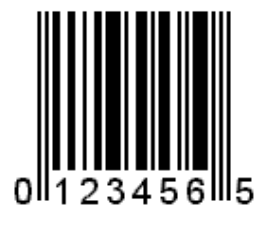
The QR (Quick Response) code
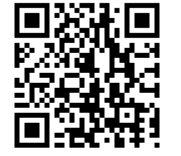
The DataMatrix code
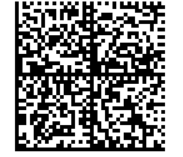
QR codes and Data Matrix codes are types of 2D barcode that can store more information than linear barcodes such as EAN and UPC. They can, for example, store information such as URLs, e-mail addresses, telephone numbers, texts, images and even files.
QR codes have become increasingly popular thanks to their ease of use with smartphones and the many applications they offer.
Barcodes and QR codes in Odoo
Barcodes and QR codes can be used in various Odoo applications. Here are a few examples:
- In POS (Point Of Sales), we'll talk more about this below,
- In events to send tickets to participants and scan tickets at the event entrance
- In the "Presence" application, so that employees can have a badge with a barcode to check-in and check-out when they arrive or leave.
The use of barcodes and QR codes in the POS
POS (Point Of Sales) is an excellent example of the current use of barcodes and QR codes at the point of sale. Thanks to this functionality, employees can quickly and easily add products to a transaction, avoiding manual input errors. What's more, barcodes can be used to track stock levels in real time, enabling companies to order new products before they run out.
The QR code can also be added to the receipt, so that customers can scan it and download their invoice via it.
In short, its aim is to simplify the exchange between a business and a customer.
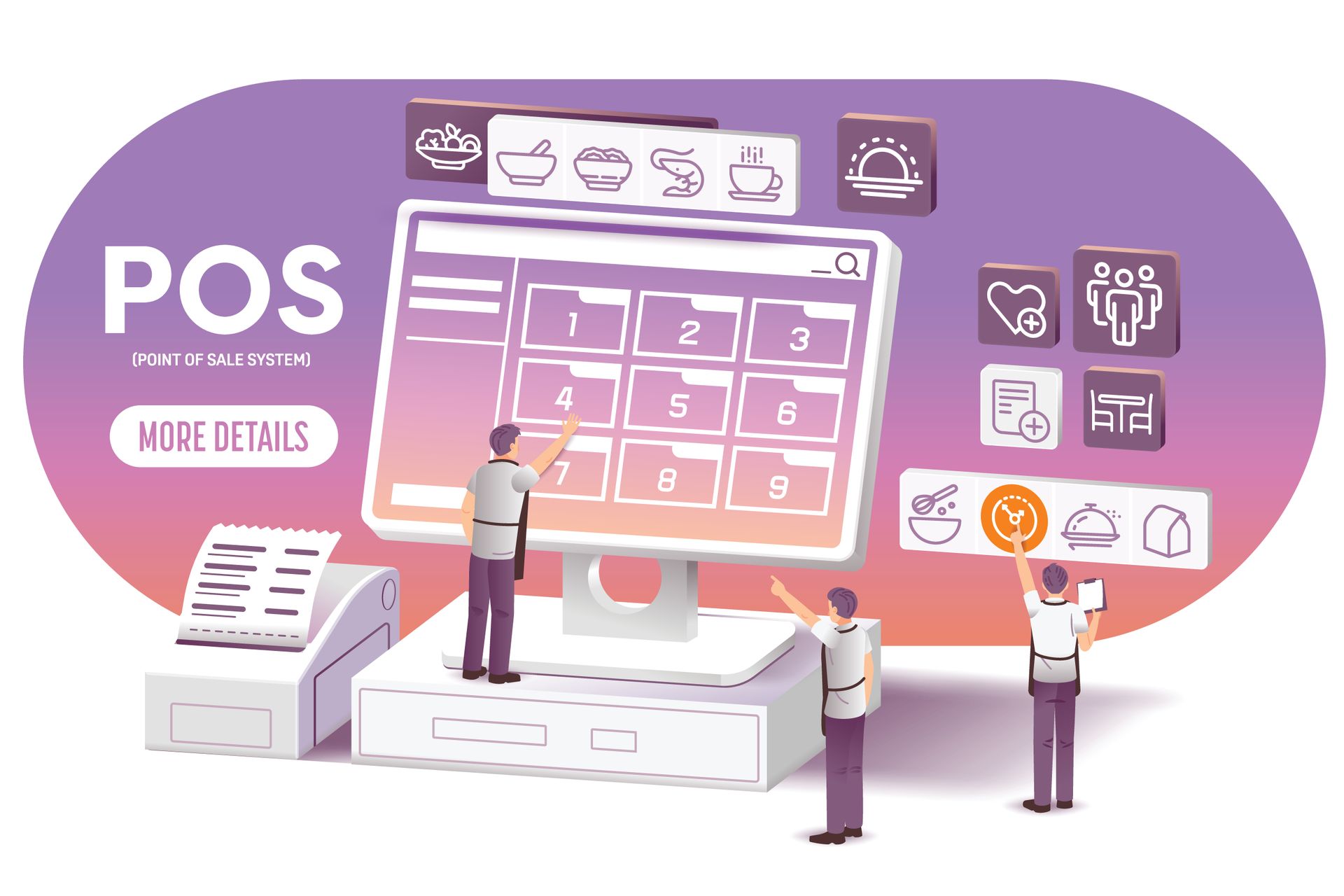
POS systems often use barcode scanners to record customer purchases and maintain an accurate inventory. By using barcodes or QR codes, Odoo POS also saves time when making purchases. Customers can simply present their barcode or QR code for products to be scanned and added to their basket, streamlining the purchasing process and avoiding queues.
Odoo's POS is one of the most advanced on the market. It offers a complete point-of-sale solution for companies of all sizes.


Although QR codes are a fast-growing technology, it's unlikely that barcodes will be completely replaced any time soon. Both technologies have their specific advantages and uses, and it's likely that they will continue to coexist for many years to come.
At the end of the day, the most important thing is to choose the technology best suited to your specific needs, be they barcodes or QR codes!
